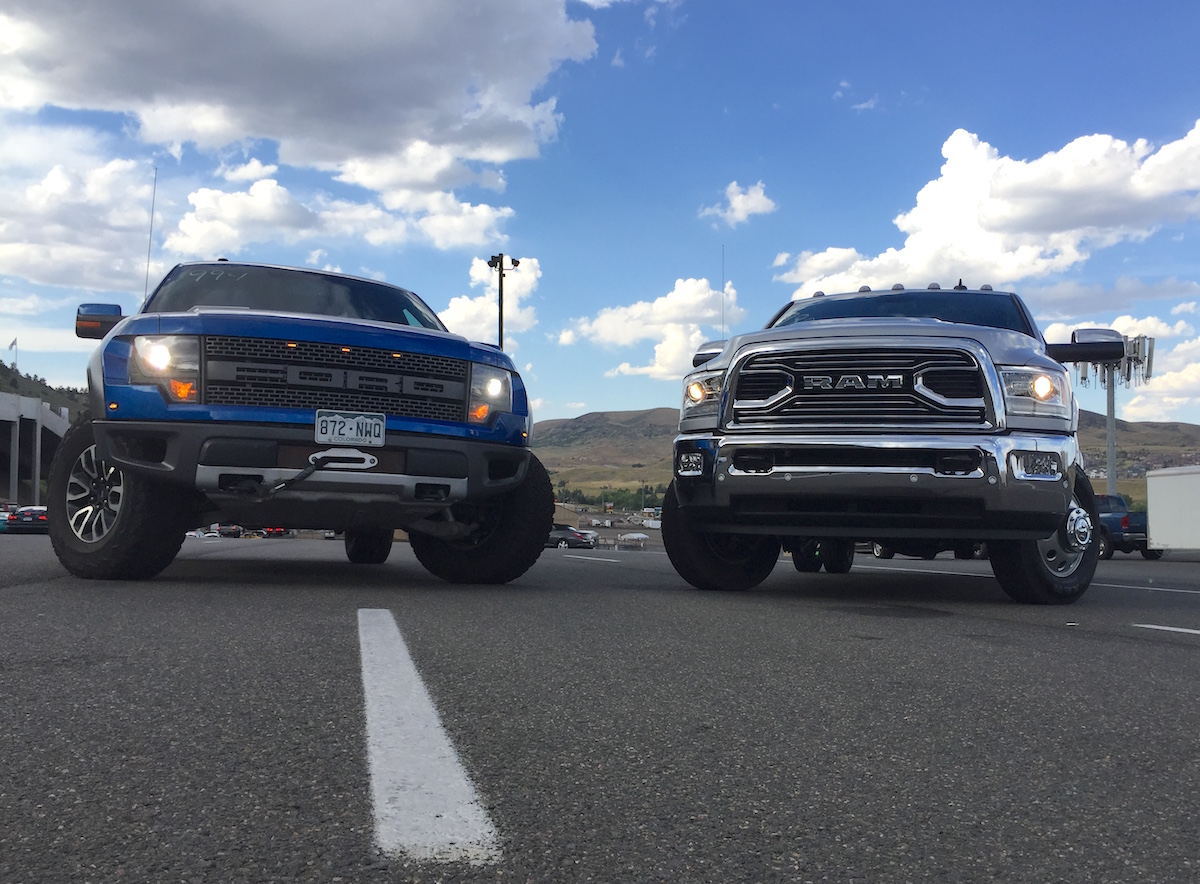
This episode of the TFL Pro series is an off-road comparison between a Toyota Land Cruiser and a Land Rover Discovery 2. Both of these large SUVs have body-on-frame construction, V8 engines, and modifications that make them more off-road ready.
How do these two off-road icons compare on a Colorado Rocky Mountain trail?
Stage 1 – Traction
The Land Rover goes first. It passes stage 1 (traction test) with ease. The Goodyear Duratrac tires prove their worth once again on loose and dry dirt and rocks. The Land Cruiser is wearing BFGoodrich KO2 tires, arguably the best all-around all-terrain tire. The Toyota goes over stage 1 with similar ease.
Stage 2 – Articulation
Stage 2 is an articulation test, and we take the most difficult line over this obstacle. The solid front and rear axles help the Land Rover keep the tires on the ground as much as possible. The Discovery 2 struggles a first, but the advanced (for its 2004 model year) traction control system distributes the power to get the Disco up and over.
The Toyota crawls up to the obstacle at the slowest of speeds. The Cruiser has a solid rear axle, but independent front suspension. No matter, it still has a lot of flex to tackle big obstacles. The big and heavy beast digs in at first, but the crawl control system (advanced for its 2008 model year) helps it find traction and get over to the top.
Stage 3 – Clearance
The Land Rover has a three-inch suspension lift and a slightly bigger than stock tires. The Land Cruiser has an approximately two-inch lift (with the help from the OME suspension/shocks). Both trucks have steel rock sliders on the sides. The Land Cruiser has rock sliders from Metal-Tech.
Both truck cleared the bigger rocks on stage 3, but the Land Cruiser put a little “tink”/scratch on the passenger-side rock slider.
Join the fun in the video below.
















![Which is More Reliable: 3.5L EcoBoost or 5.0L V8? [Reader Question] Second-generation 3.5-liter EcoBoost engine](https://tfltruck.com/wp-content/uploads/2016/05/Second-generation-35-liter-EcoBoost-engine.jpg)
![Which Silverado Engine to Get: 5.3L or 6.2L V8? [Ask TFLTruck] 2016 chevy silverado](https://tfltruck.com/wp-content/uploads/2015/10/2016-chevy-silverado-grille.jpg)
